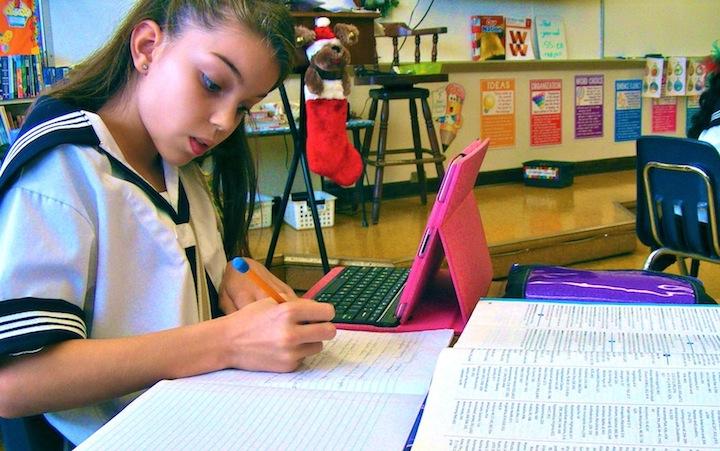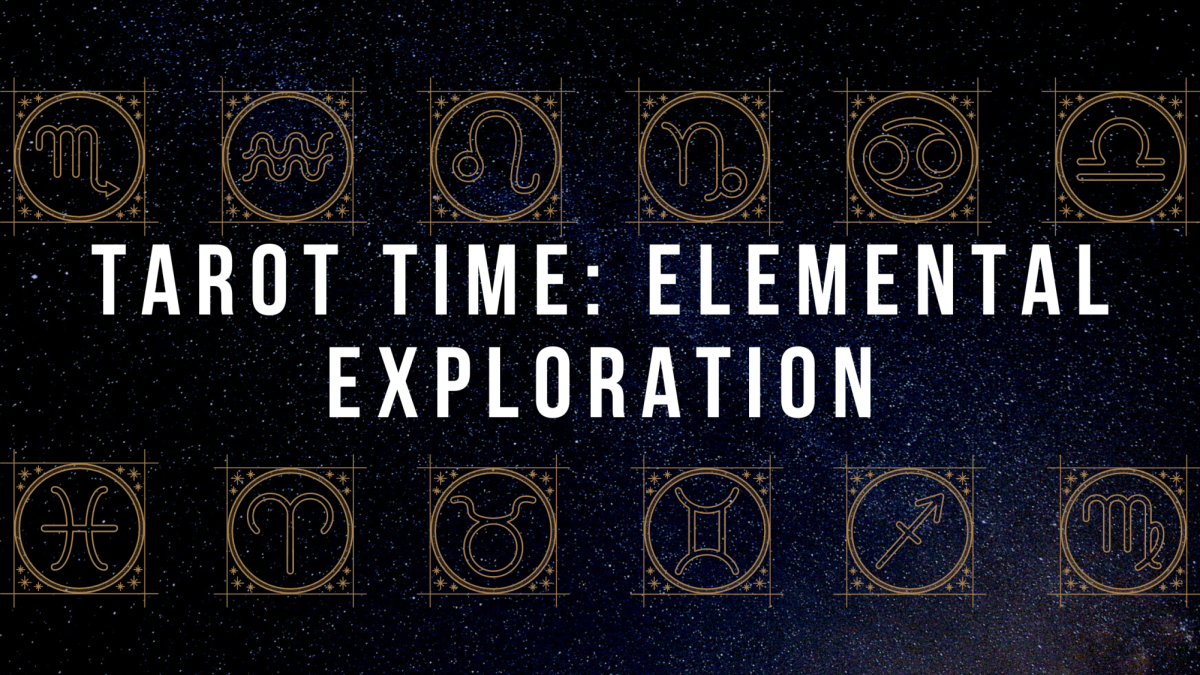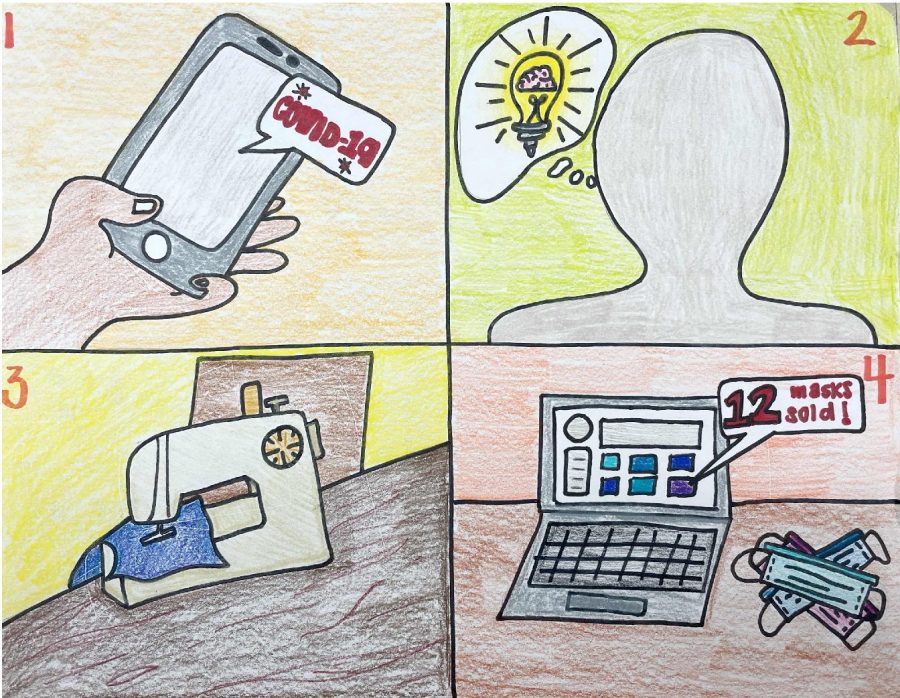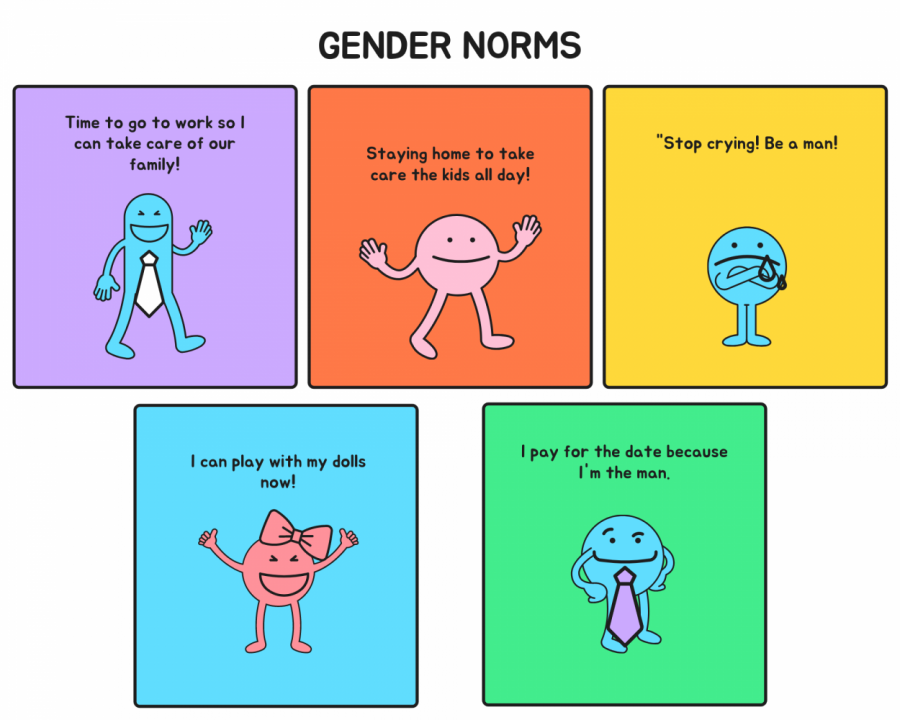Project-based learning, also known as inquiry learning, is a dynamic approach to teaching which asks students to explore real-world problems and challenges. This type of learning promotes active and engaged learning.
Project-based learning integrates real life scenarios into the curriculum. It is an educational approach that is driven more by a learner’s questions rather than a teacher’s lessons.
The heart of inquiry-based learning is for teachers to ask students questions that they honestly care about. The teacher’s role is to guide students to finding the answers themselves and to encourage them to ask new questions along the way.
Dean of Faculty, Mary Girard, said, “Project-based learning focuses on developing skills instead of mere memorization of content.”
Research indicates that students are more likely to retain knowledge gained through this approach far more readily than through memorization that often accompanies traditional textbook-centered learning.
In order to transition into project-based learning, teachers follow the “Designing Projects” protocol created by Adria Steinberg. The project must provide academic rigor, authenticity, active exploration, adult connections and assessment practices. If projects fulfill the “Six A’s,” they can replace traditional teaching.
Students have more freedom through this teaching method. Teachers provide a basic outline to students who choose how they want to complete the project. The freedom of the project outline motivates students to want to do the project.
Studies done by the Morino Institute show that students who do not respond well to lectures and memorization techniques blossom in an inquiry-based learning setting, renewing confidence, interest and self-esteem.
Teachers at Sacred Hearts are in the process of transitioning into this new teaching technique.
Science teacher James Bell said, “I have been assigning projects that get students thinking for themselves; however, there will never be one system that best suits all students. That is why I try to vary my teaching techniques so that I could help all students succeed.”
Teachers in the lower school have also been working to transition into inquiry learning.
Fifth grade teacher Susan Phillips said, “I always try to create projects that are student-driven. Some of these projects are short-term and some are long-term. I always want learning to be fun for my students.
“I think the most successful student-driven project that my teaching partner, Sheila Banigan, and I have developed was in the year 2010. That was the year of the census, so we had the girls create a census as to how they could make SHA an even better school than it already is. This was also a year-long project that culminated with a huge presentation in May. The girls were so successful with this project that they ended up in the local newspaper and caught the eye of the local and national Census Bureau. The girls had to understand what a census is all about, brainstorm and discuss what they felt were key details for this census, learn how to interview and how to schedule interviews, learn how to collate all of the information gathered and then learn how to create questions and choices of answers for an effective census questionnaire. Once all results were collated, the girls created bar graphs for the answers to each of the questions. Lastly, they had to determine what these results meant for the students and for Sacred Hearts. They displayed their understanding of this subject and their results through presentations.” said Phillips
An inquiry-based approach can work with any age group. Teens and young students react well to the method if it is taught properly.





























